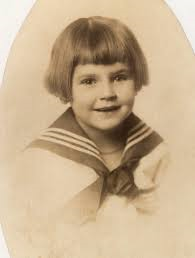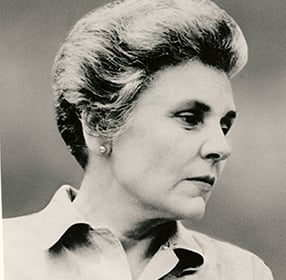Red flowering currant bush
Some psychoanalytical writing suggests that appreciation of aesthetic experiences exists from the very beginning of life, and it is this that enables us to create an inner life that finds expression in artistic creation, and is open to spirituality. The thinking is that the new-born baby actually perceives – or conceives, or experiences – beauty. It is as if there are psychological, or, I would suggest, spiritual processes that lie, as it were, in readiness, awaiting the relevant encounter, before they become an experience. This is about a sense of wonder and being overjoyed or delighted by something we touch, or see, and experience.
Kathleen Raine writes about remembering flowers above her pram:
‘The pink aromatic clusters of the flowering currant bush hung over my pram. I looked up at those flowers with their minute forms. Their secret centres, with the delight of rapt knowledge. They were themselves that knowledge … To see was to know, to enter into total relationship with, to participate in the essential being of each I am.’
She says this was not so much about memory, or a discovery but rather a recognition of something that was ever present coming into itself. It reads as if she were waiting to find this experience of beauty – a coming home to something deep within her soul.
Carl Jung saw creativity as one of the five main groups of instinctive forces – the other four being hunger, sexuality, activity and reflection. Creativity involves bringing something into being – usually involving qualities such as productivity, inventiveness and originality. If we engage in something creative it is about expressing our need and search for meaning. The Jungian analyst Rosemary Gordon wrote about creative acts as forming part of the process of personal growth, development, and the establishment of one’s personal identity, and this is a life-long activity. Creativity in this general sense links with the idea that birth is not just the one physical act of arriving in the world, but rather seeing it as a process of repeatedly coming into being.
Erich Fromm saw the aim of life was to be fully born, although most of us die before we are ‘thus born’. Jung too uses the idea of birth as a metaphor, an incarnation – and being ‘born’ into something always involves a separation from what was before. Creativity involves separation and destruction – actual physical birth involves leaving the womb; the creative act of separating from the parents in adolescence involves the destruction of the intimacy of what went before; and drawing and painting destroys the clean paper. Every poem written on paper destroys a tree.
In all creativity there is the opposite, and our need to create involves the same tension of opposites. The creative process involves being active as well as passive, to give as well as to receive. Being creative is part of the essence of human life – to share God’s life is to find ourselves creating with him. An art historian attributes Picasso’s greatness partly to ‘his inexhaustible power of transformation, receiving all and giving all in endless and engrossing interchange.’











